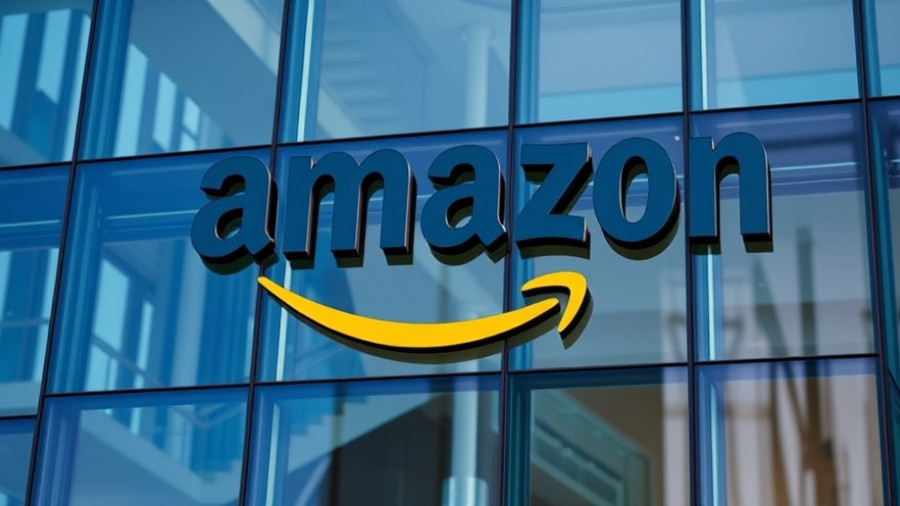
DeepSeek's Shift to Huawei: A Tale of Two Technologies
In a rapidly changing landscape where artificial intelligence (AI) shapes the future, DeepSeek, a rising player in AI development, finds itself at a crossroads. After achieving notable success with its R1 model trained on Nvidia hardware, the company was reportedly encouraged by Chinese authorities to transition to Huawei's Ascend-based technology for its next-generation model, R2. However, this transition has been riddled with challenges, reflecting broader trends in AI hardware dependency and geopolitical factors.
The Challenges of Transitioning to Huawei Hardware
The push toward Huawei hardware was not simply a technical decision but had significant governmental backing, showcasing how AI development can be intertwined with national interests. Despite initial optimism, reports suggest that training R2 on Huawei's infrastructure faced persistent failures, leading DeepSeek to revert to Nvidia hardware for its main training tasks. Performance issues, slower connectivity, and problems with Huawei's CANN software toolkit quickly compounded the difficulties, highlighting the challenges of adopting new technologies that are still evolving.
DeepSeek's reliance on Nvidia chips for AI training has raised questions about the robustness of its platform. With the dominance of Nvidia in the AI hardware market, DeepSeek finds itself caught between its successful past and the uncertainties of new hardware. The fact that its AI platform is finely tuned for Nvidia devices complicates this shift further, leaving the company vulnerable to Nvidia's market fluctuations while simultaneously grappling with the need to incorporate domestic hardware solutions.
Why Domestic Platforms Matter
The geopolitical landscape has significant implications for tech companies operating within China. The push for domestic solutions like Huawei's hardware isn't just about performance—it’s tied to national security and technological independence. As tensions rise globally, particularly regarding access to technology and hardware, companies operating in China may face increasing pressure to adopt and trust local technologies. This shift could foster innovation within the domestic tech space, although challenges remain regarding performance and compatibility.
Future Trends in AI Hardware
Looking ahead, the scenario facing DeepSeek is emblematic of larger trends in AI hardware development. Manufacturers and developers will need to balance performance needs while navigating geopolitical pressures. As AI continues to integrate into various industries—from healthcare to finance—companies will increasingly need to consider where they source their hardware and the implications of those choices. The evolution of AI training sets the stage not just for technical enhancements, but also for varied approaches to government-backed technological advancements.
Decisions for AI Enthusiasts
For AI enthusiasts and investors, understanding the implications of these shifts is crucial. With companies like DeepSeek scrambling between hardware platforms, it raises deeper questions about investment strategies in AI technologies. Will investing in Nvidia still yield the best returns, or should the focus be on emerging hardware players such as Huawei? How these companies navigate the challenging landscapes of technology and geopolitics will shape the AI industry for years to come.
Engagement and Trust in the AI Community
As enthusiasts, staying informed about these transitions is key. Engaging with the latest developments like the hurdles faced by DeepSeek can offer insights into the evolving AI landscape. Trust in technology providers will also likely depend on how they manage these transitions transparently, which is essential in building lasting relationships within the technology ecosystem.
In conclusion, the case of DeepSeek's shift from Nvidia to Huawei hardware illustrates the significant interplay between technology choices, governmental influence, and market dynamics. For future developments in AI, it is critical that both developers and users remain agile and informed, ready to adapt to changing circumstances while recognizing the broader implications of their technology adoption choices.
 Add Row
Add Row  Add
Add 




Write A Comment